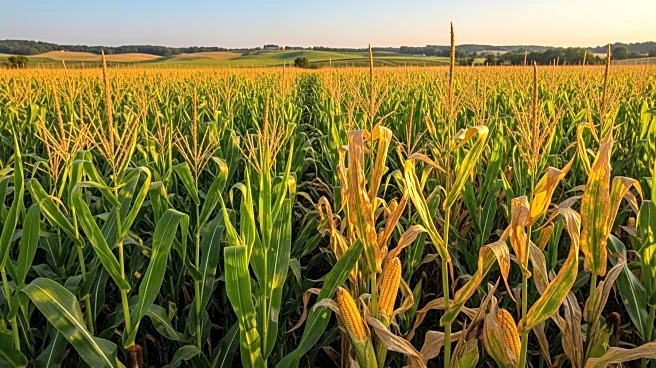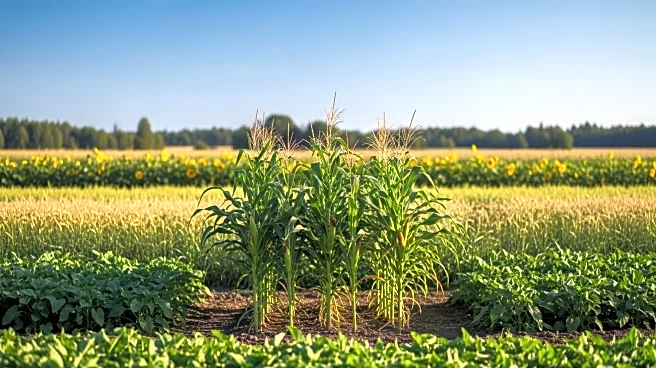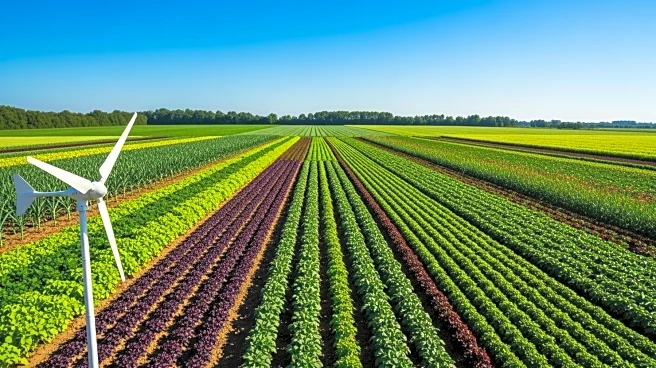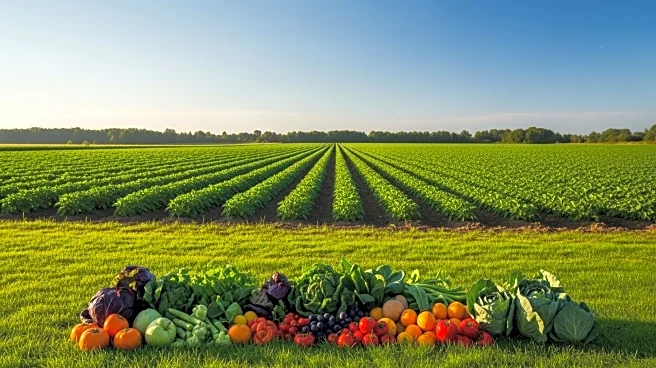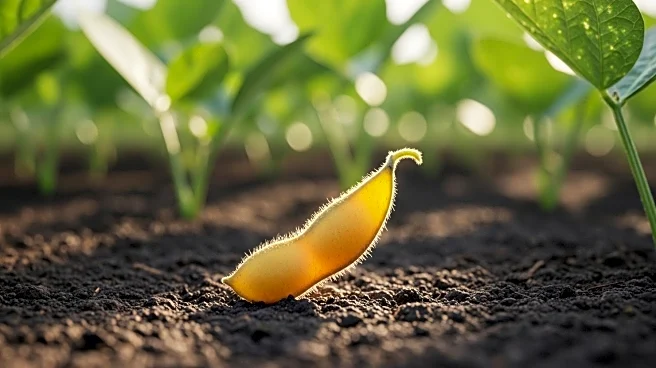What's Happening?
The National Corn Growers Association (NCGA) has initiated a task force to tackle the issue of high input costs in the face of declining commodity prices. Corn growers are experiencing their third consecutive year of net negative returns, with projections indicating a continuation into 2026. Kenneth Hartman Jr., NCGA president, highlighted the disparity between low corn prices and high input costs, which have remained near record highs despite a significant drop in corn prices over the past three years. The task force, led by Matt Frostic, aims to explore solutions to align production costs with current market conditions. This move follows previous efforts by NCGA to address input costs, including a letter to the U.S. Department of Agriculture and opposition to tariffs on imported fertilizers.
Why It's Important?
The establishment of the task force is crucial for the agricultural sector, particularly corn growers who are facing financial challenges due to the imbalance between input costs and commodity prices. The high input costs, including fertilizers, have been a significant burden, affecting profitability and sustainability. By addressing these issues, the task force could help stabilize the economic conditions for farmers, potentially leading to more sustainable farming practices and improved financial outcomes. This initiative also underscores the broader economic pressures within the agricultural industry, which could influence policy decisions and market dynamics.
What's Next?
The task force is expected to explore various strategies to reduce input costs and improve farm profitability. Stakeholders, including farmers and agricultural organizations, may engage in discussions to identify effective solutions. The outcome of these efforts could lead to policy recommendations or industry-wide changes that address the economic challenges faced by corn growers. Additionally, the task force's findings might influence future negotiations with government agencies and impact the regulatory environment surrounding agricultural inputs.



